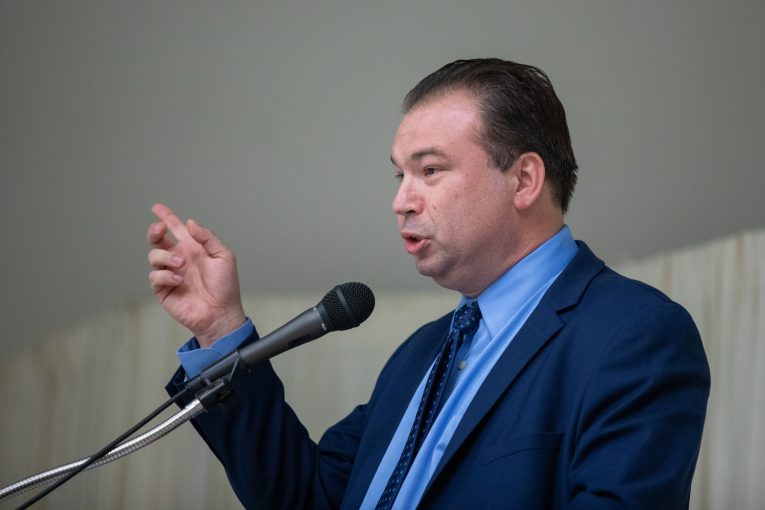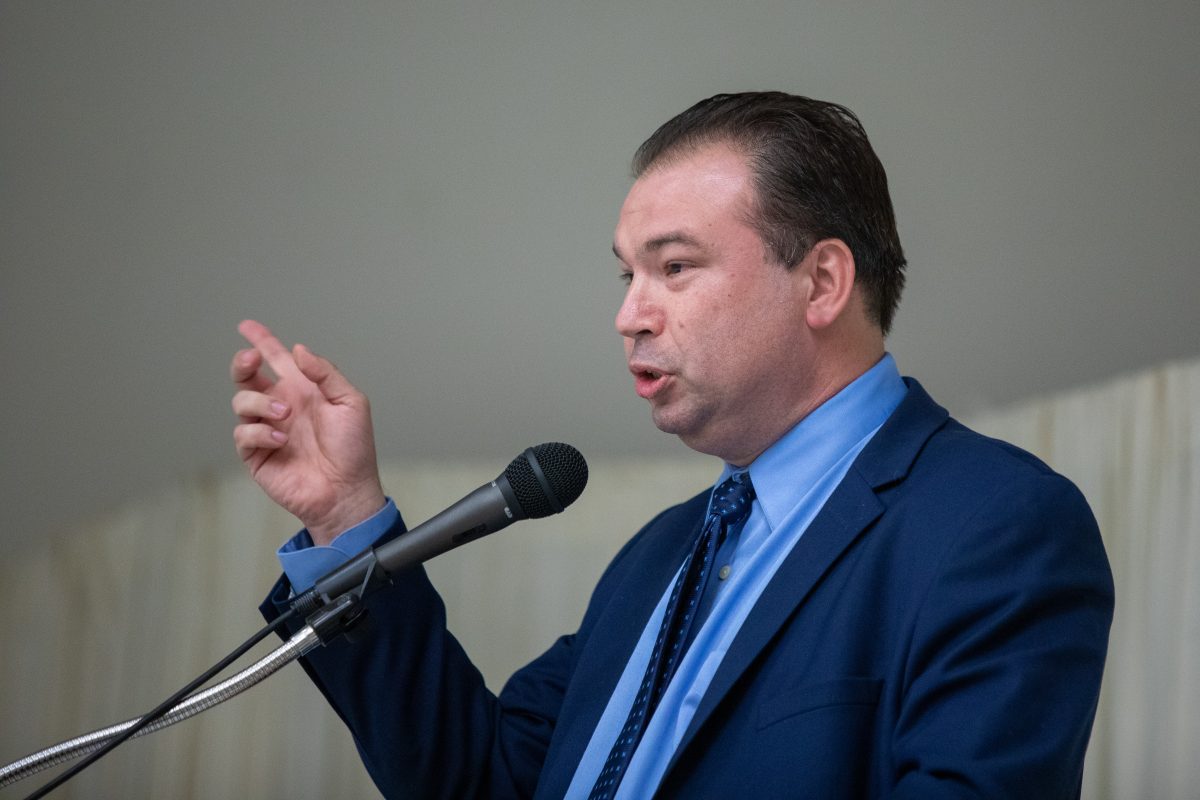

by Jeffrey Deskovic
“Looking back” will feature reprints of articles that Jeff previously wrote while a columnist at The Westchester Guardian, which encompass topics that are applicable here in CA as well as across the country and not simply applicable to NY.
“The Constitution entitles a criminal defendant to a fair trial, not a perfect one.”
The above quote penned by Thomas Jefferson in a letter to James Madison from Paris on December 20, 1787 may have partially inspired Madison’s response the following year. Madison in Letter 51 of the Federalist Papers declared: Justice is the end (purpose) of government. It is the end of civil society. It ever has been, and will ever be pursued until it is obtained, or until liberty be lost in the pursuit.
Today the debate continues, certainly in our state and federal appellate tribunals. The expression harmless error is frequently employed in the rulings of the New York state supreme court appellate division when confronted with an appeal from a criminal defendant alleging wrongful action, or mishandling by a court below believed to have negatively influenced the outcome of his case. The concept is meant to suggest that although the petitioner may be factually correct in his assertion that the trial court in some specific manner improperly dealt with his case,  nevertheless, no harm was done, the outcome would have been the same had it not. and, therefore, no harm, no foul.
nevertheless, no harm was done, the outcome would have been the same had it not. and, therefore, no harm, no foul.
Unfortunately, all too often, appellate panels are in no good position to accurately assess how differently a trial might have turned out had the judge not committed the error, or permitted the wrongful act by the prosecution he/she permitted. as between those errors committed in the presence of the jury, and those outside of their presence, the former are clearly more outcome-determinative. Once a bell has been rung it can not be un-rung. and, as every prosecutor and defense attorney is well aware, all the admonishing and instruction offered by a judge after the fact is virtually useless when something truly prejudicial has been uttered or shown before the jury.
A trial court may commit any number of common errors. It may have permitted the presentation of hearsay testimony that should have been excluded. Perhaps it allowed the prosecutor to improperly vouch for a witness, or failed to exclude unconstitutionally obtained evidence, or issued erroneous jury instructions. Judges are only human after all, and are bound to make mistakes. an error of some sort in the course of a lengthy trial may be virtually unavoidable. The question is how should such errors be evaluated and dealt with? More to the point; how does the appellate court deter- mine with a high degree of certainty that the error, or errors, confirmed to have been committed below could not possibly have affected the outcome?
All too often politics and colleague- ship enter the equation, and defendants, however worthy their argument, are denied. It’s merely a judgment call in any event, and appeals panels, including the united states supreme court, are famous for choosing the path of least resistance, or political consequence. When judges do that, they commit one of the more selfish, cruel, acts that can be committed against factually innocent incarcerated victims, and their loved ones. In most cases the petitioner has waited many months, even years, before receiving a response, only to be crushed by an indifferent court clearly disconnected from their sworn duty to bring about justice whenever possible.
Speaking of the high court, it periodically addresses the issue; and. in recent years has, in fact, expanded the categories of errors that are subject to harmless error analysis, while at the same time establishing different standards of harmlessness for different errors and different kinds of review. Perhaps best remembered for invoking the Jeffersonian spirit was chief Justice Rehnquist, who, writing for the majority in Delaware v. Van Arsdall, (1986), declared: “as we have stated on more than one occasion, the constitution entitles a criminal defendant to a fair trial, not a perfect one.”
“Jeffrey Deskovic, Esq, MA, is an internationally recognized wrongful conviction expert and founder of The Jeffrey Deskovic Foundation for Justice, which has freed 9 wrongfully convicted people and helped pass 3 laws aimed at preventing wrongful conviction. Jeff is an advisory board member of It Could Happen To You, which has chapters in CA, NY, and PA. He serves on the Global Advisory Council for Restorative Justice International, and is a sometimes co-host and co-producer of the show, “360 Degrees of Success.” Jeff was exonerated after 16 years in prison-from age 17-32- before DNA exonerated him and identified the actual perpetrator. A short documentary about his life is entitled “Conviction”, and episode 1 of his story in Virtual Reality is called, “Once Upon A Time In Peekskill”. Jeff has a Masters Degree from the John Jay College of Criminal Justice, with his thesis written on wrongful conviction causes and reforms needed to address them, and a law degree from the Elisabeth Haub School of Law at Pace University. Jeff is now a practicing attorney.
To sign up for our new newsletter – Everyday Injustice – https://tinyurl.com/yyultcf9
Support our work – to become a sustaining at $5 – $10- $25 per month hit the link:




